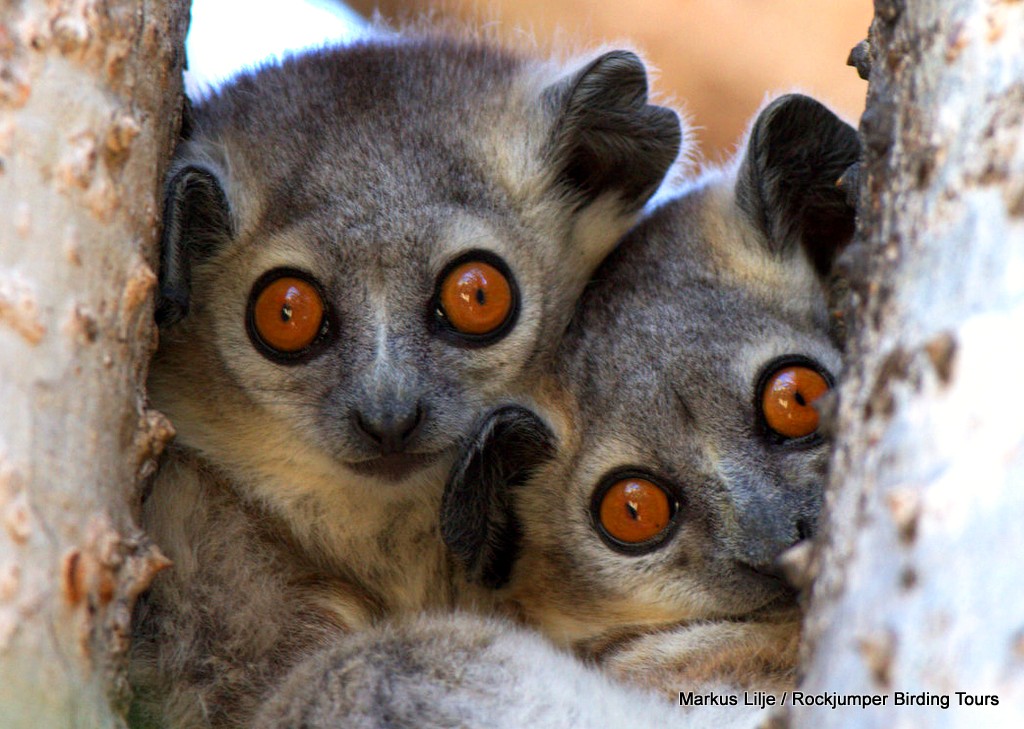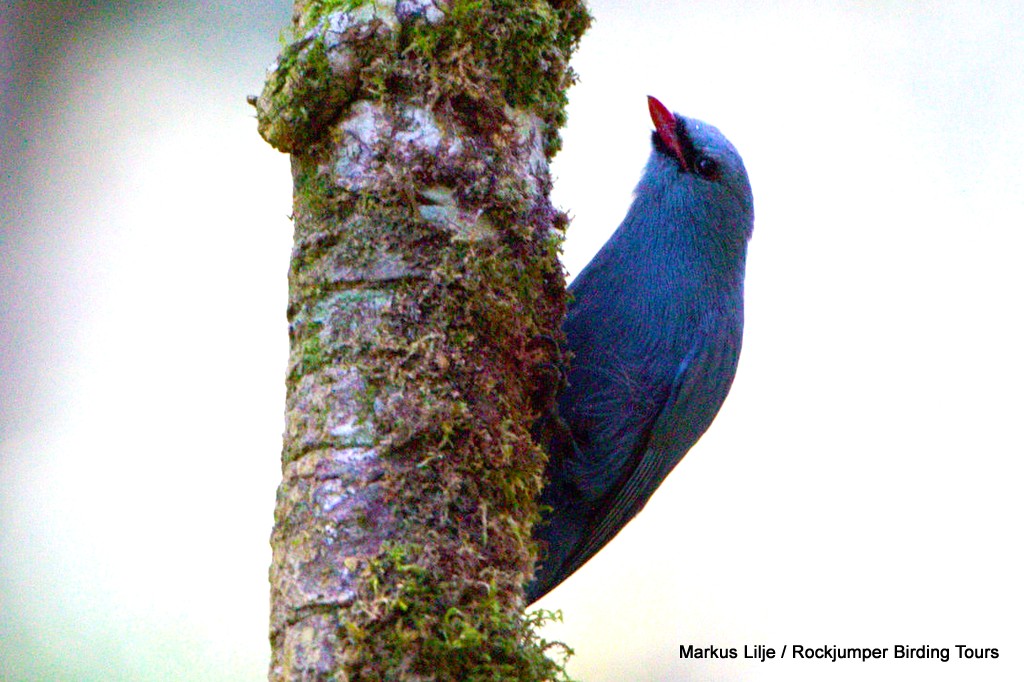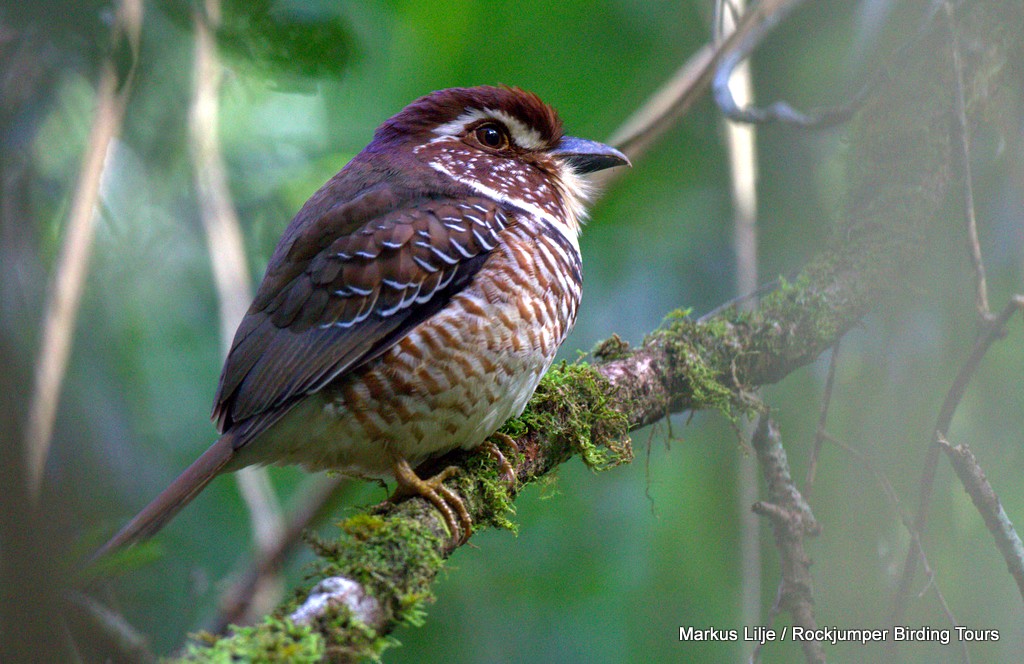
Madagascar, the world’s fourth largest island, is often described as ‘a laboratory of evolution’; due to it splitting off first from Africa and later India, 135 and 88 million years ago respectively, there was a lot of time for the fauna and flora of the island to evolve in isolation. The resulting variety of unique species makes Madagascar a must-visit destination for any serious birding or wildlife enthusiast, with around 90% of all plant and larger animal species occurring nowhere else on the planet. Endemics include all 100-odd lemur species, well over 100 birds, two-thirds of the world’s chameleons, and masses of frogs, invertebrates and the majority of the island’s plants.
So then: when should you visit this fascinating island? In the past, all tours that specifically targeted birds were run exclusively around October and November, when it starts heating up and the birds are getting into the swing of calling, displaying and nesting – generally being more visible and easier to find. But there are many people who are unable to travel during these months and only a limited number of folks that can be accommodated within Madagascar’s existing infrastructure. With this in mind, Rockjumper recently started offering tours to the country during the drier and cooler southern winter, and we are now often asked what the differences are between the two seasons. Here then are some pros and cons of visiting Madagascar over the October/November period (referred to as spring from now on) as opposed to the period around July/August (winter).
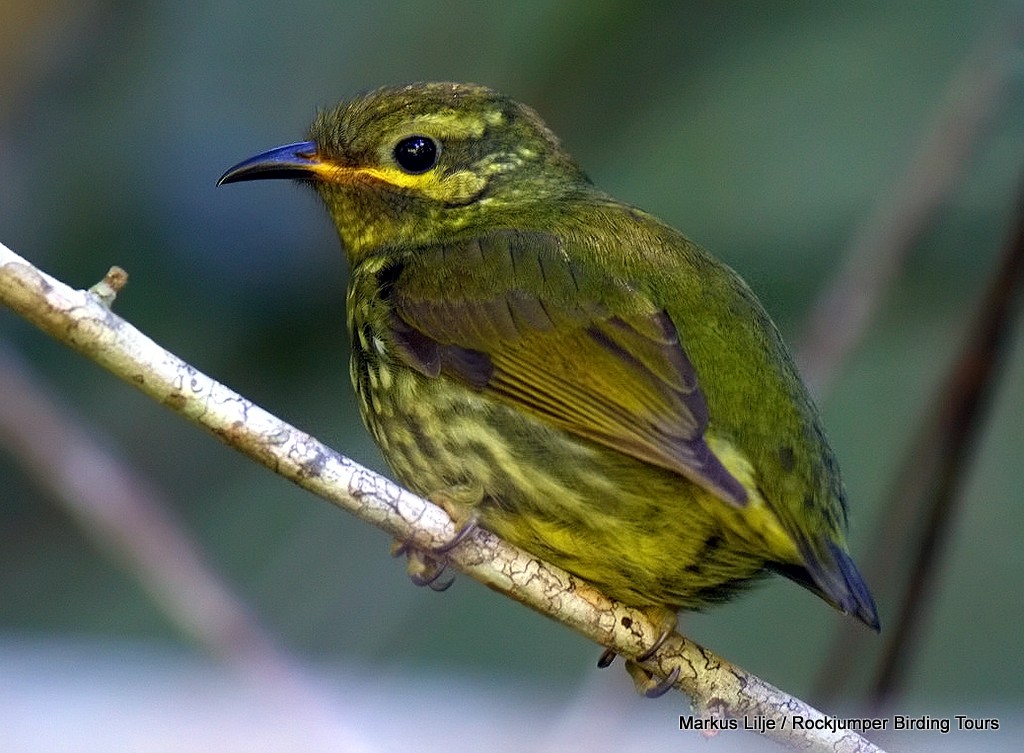
Birds
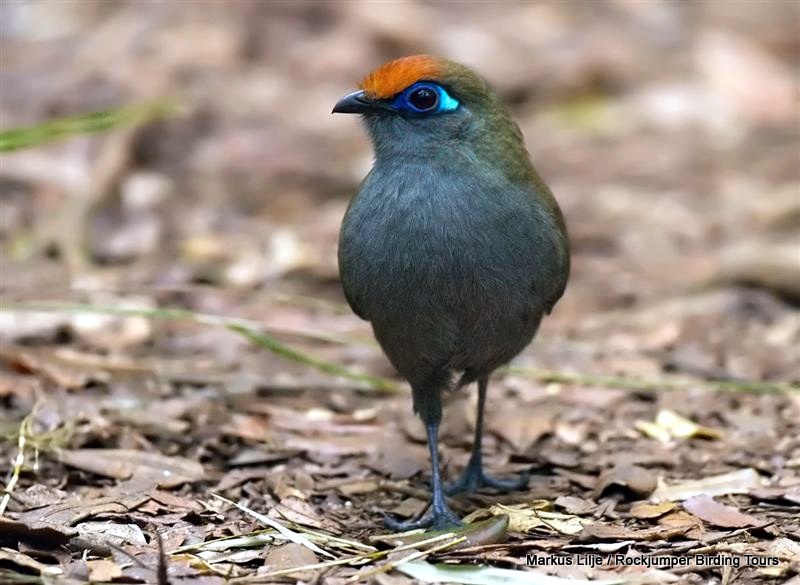
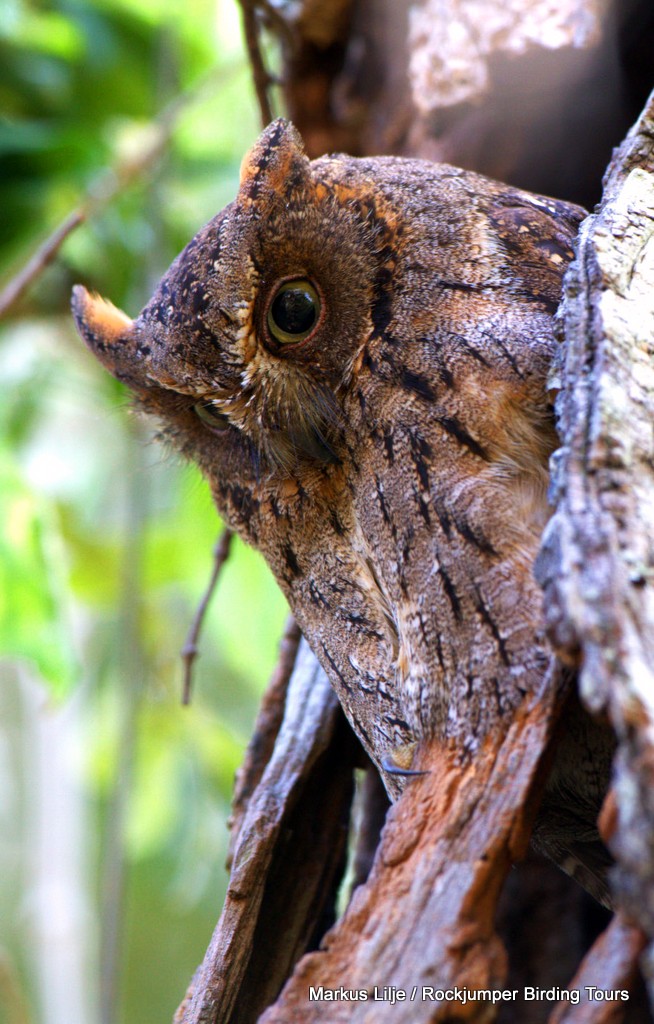
Climate
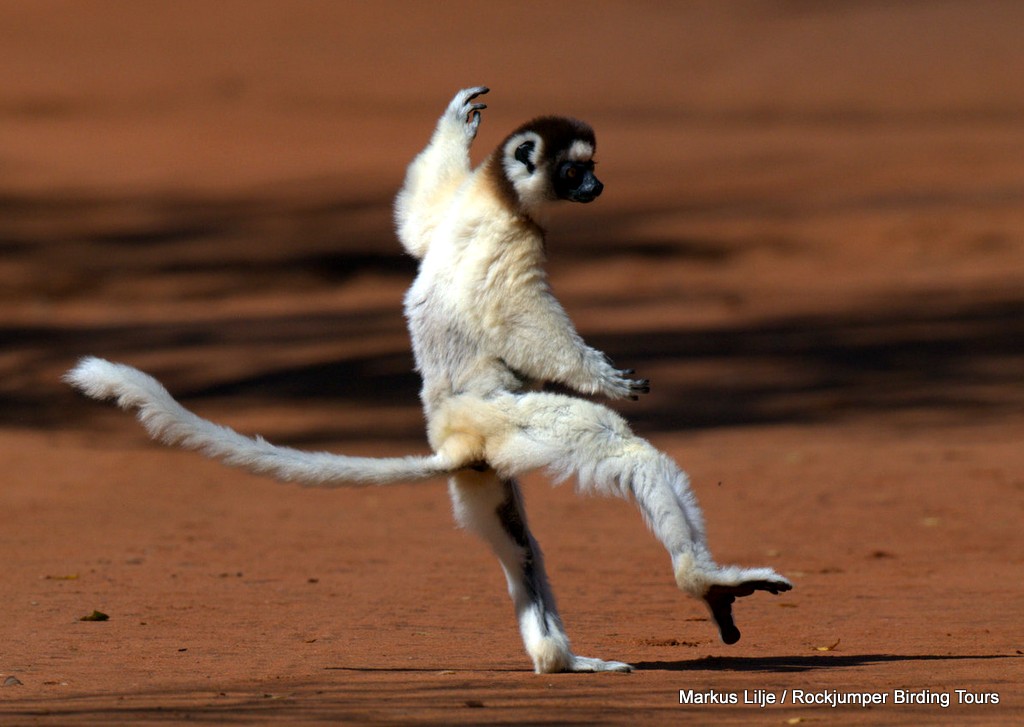
Other species
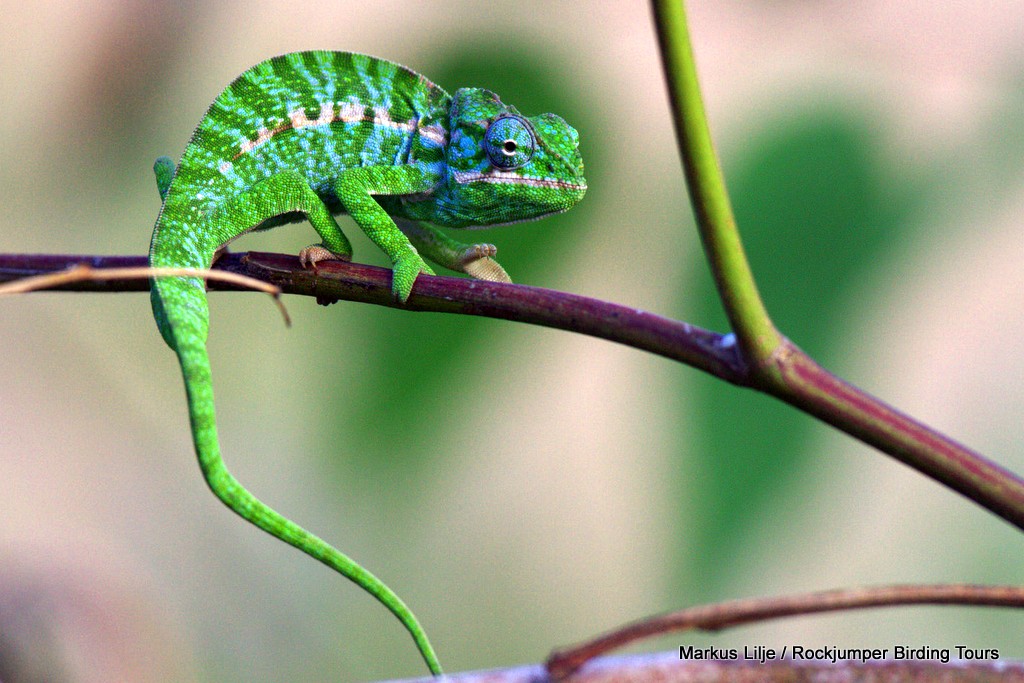
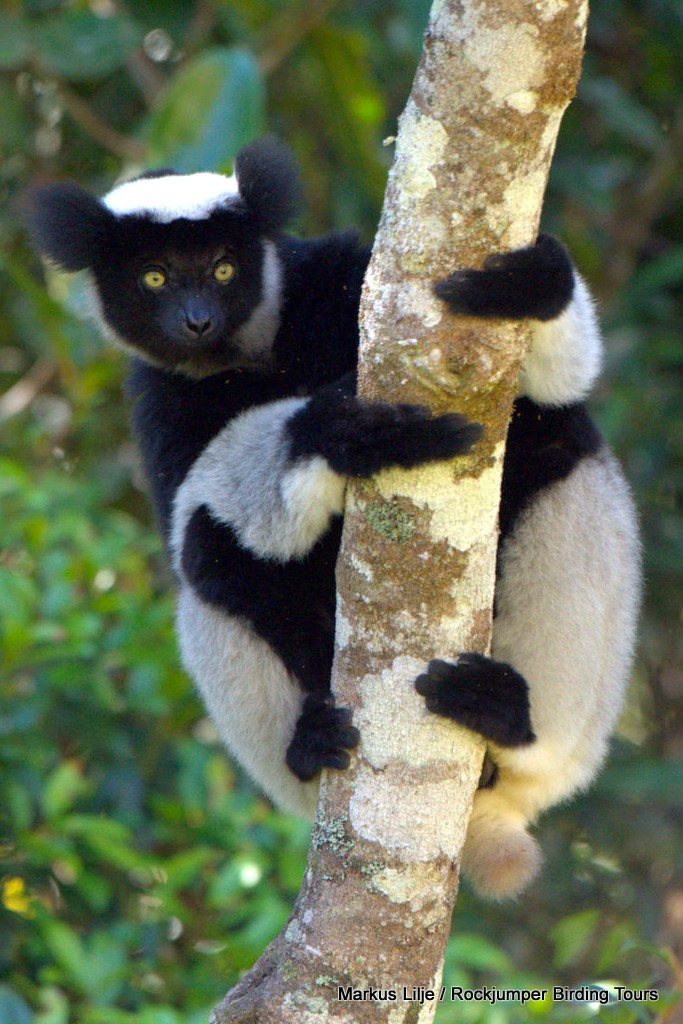
So, to sum up: it really depends on what you are after and what you hope to get out of your visit to Madagascar. If you are trying to maximise birding numbers, the way to go is definitely in the spring, where you should get around 15 more species on the shorter Rockjumper tours (Highlights and Budget) and maybe 20 more on our Comprehensive Madagascar Tour. If you are after endemic families and other important groups (Ground Rollers, Mesites, Vangas, Malagasy Warblers, Cuckoo-roller and Asitys) it really makes very little difference, as during both periods you should find members of all these groups – it is mainly the Ground Rollers where you would have better chances for more species in the spring. For people that are worried about extreme heat or very long days, the winter tour is highly recommended, with very pleasant conditions at all sites that are visited: cool nights and warm days in the higher forests and mild nights and fairly hot days in the southern parts. The cooler temperatures also make the forest walking less strenuous and enjoyable. As for the numbers of people visiting Malagasy parks, these are also fairly similar during both periods due to the European school holidays in winter and most of the natural history tours to the island being in October and November.
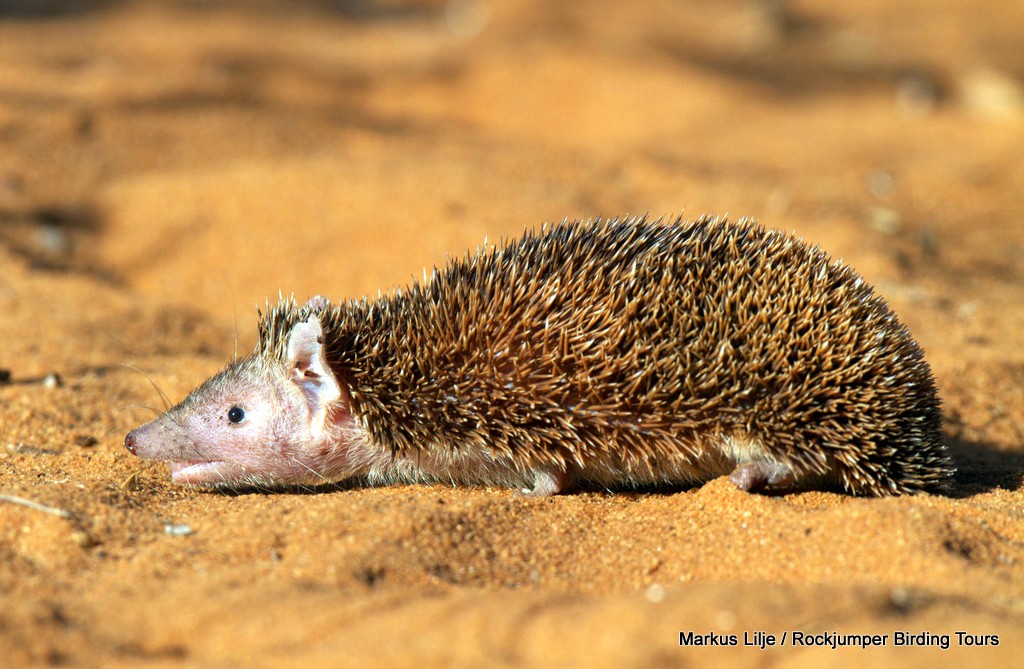
Whatever your choice, we look forward to seeing you on one of our future tours through this truly fascinating and rewarding destination, where we expect to share some of the planet’s most interesting birding and wildlife viewing with you! (For more information on our exciting range of Malagasy offerings, click this link).
